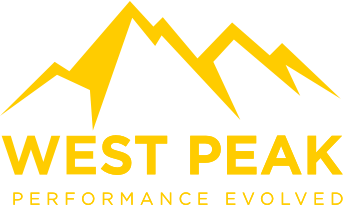Master Conflict Management: How to Navigate and Resolve Disagreements
Conflict in the workplace is inevitable. Yet, when handled properly, it can lead to growth, innovation, and stronger relationships. But, if left unresolved, it becomes a breeding ground for negativity and toxicity. The trick is not just about addressing disagreements but learning to master them. Let’s dive into the core of conflict management, break down the psychology behind it, and turn conflict into an opportunity for progress.
What Sparks Conflict? Identify Triggers Before They Escalate
Understanding the causes of conflict is key to defusing it before it gets out of hand. Let’s explore the common triggers:
- Miscommunication
A staggering percentage of workplace conflicts stem from miscommunication. A simple misunderstanding can spiral into a much larger issue. Be clear, be concise, and always clarify to prevent escalation. Miscommunication often leads to assumptions, which, as we know, is the enemy of conflict resolution. - Time Delays
When expectations don’t meet reality, frustration sets in. Deadlines are missed, progress is delayed, and stress mounts. Time management and timely action prevent the feeling of neglect that can fuel disagreements. - Competition
A little healthy competition can fuel productivity. But, when it turns into a power struggle, the workplace becomes a battleground. Addressing competition early on is essential to maintaining team harmony. - Unclear Roles and Expectations
Ever worked on a project where nobody really knew who was supposed to do what? That’s a recipe for conflict. Clear, well-defined roles and responsibilities are essential to avoid stepping on toes or leaving tasks unfinished.
By recognising these conflict triggers, you’ll be able to nip them in the bud and create a more harmonious work environment.

The Thomas-Kilmann Conflict Mode Instrument: What’s Your Conflict Resolution Style?
Managing conflict is all about understanding your approach. The Thomas-Kilmann Conflict Model provides five distinct ways to handle disagreements, each suited to different scenarios.
- Competing: Assert Your Position and Take Control
This is a high-assertiveness, low-cooperation strategy. It’s about confidence, decisiveness, and knowing that your approach is right. Ideal for situations where quick decisions are needed or when the stakes are high and you’ve got solid facts to back you up. However, too much competing can create tension if overused.
- Collaborating: Team Up for the Best Solution
Collaboration involves high assertiveness and high cooperation. It’s the perfect approach for complex issues where creative solutions are necessary. By working together, you build mutual respect, trust, and long-lasting relationships. It’s all about fostering an environment where ideas are shared, and no one feels left out. This is a long-term win, though it can be time-consuming.
- Avoiding: Take a Step Back (For Now)
Avoiding is a low-assertiveness, low-cooperation style. Think of it as pressing ‘pause’ on a conflict. There are times when confrontation isn’t necessary, or emotions are too high for productive discussion. Avoiding gives both parties time to cool off and revisit the issue later, preventing the conflict from escalating.
- Accommodating: Keep the Peace, Let Them Lead
With low assertiveness but high cooperation, accommodating is about letting the other party have their way. It’s useful when the issue isn’t critical to you, but keeping harmony is essential. This can build goodwill but could also leave some feeling like their needs aren’t met if used too often.
- Compromising: Meet in the Middle
Compromising strikes a balance with moderate assertiveness and cooperation. Both parties give something up to find a middle ground. It’s a fair approach when both sides have equal power or when a quick, mutually beneficial solution is needed.
By recognising these modes, you can choose the best approach for each conflict, ensuring a resolution that benefits everyone.

Why is Conflict Management Critical for Leadership?
Conflict management isn’t just about resolving disagreements; it’s about preventing them from damaging the team dynamic. Leaders who excel in conflict management are often seen as fair, empathetic, and assertive—qualities essential for maintaining morale and productivity.
Take Ben Stocken, co-founder of West Peak, who draws from his experience in endurance sports to tackle workplace challenges. Like a marathon runner pacing for the long haul, Ben encourages leaders to stay calm and maintain focus during conflicts. For more on how Ben handles high-pressure situations, check out his advice on our ‘How They Lead’ podcast.
At the heart of conflict management is empathy, the ability to step into someone else’s shoes, understand their perspective, and communicate effectively. This not only helps resolve the issue at hand but fosters trust and mutual respect within the team.
How to Use Conflict to Drive Growth
The surprising truth? Conflict isn’t always a bad thing. It can be a powerful tool for growth, innovation, and stronger team bonds if handled correctly.
- Use Conflict to Innovate
Conflict often sparks new ideas. When people disagree, they bring different perspectives to the table. By managing these disagreements constructively, leaders can drive creativity and problem-solving. - Strengthen Team Relationships
When conflicts are resolved with empathy and clarity, it builds trust. Teams that can handle conflict effectively are more cohesive and resilient. - Enhance Personal Growth
Learning to navigate conflict improves emotional intelligence. It helps individuals grow in self-awareness, empathy, and resilience—all essential leadership traits.
3 Tips to Resolve Conflict Faster
Ready to resolve conflicts with lightning speed? Here are three pro-tips that will help you master conflict resolution in record time.
- Active Listening is Key
This sounds simple but is often overlooked. When someone feels truly heard, the chances of resolution skyrocket. Practice paraphrasing what the other person says to ensure clarity and demonstrate that you understand their concerns. - Focus on Interests, Not Positions
Instead of fixating on someone’s position (“I want X”), delve deeper into the underlying interests driving that position (“I need X because of Y”). By addressing interests, you’ll find solutions that satisfy both parties. - Maintain Emotional Control
Conflicts often escalate when emotions run high. Train yourself to stay calm and focused, even when the heat rises. If necessary, take a break and revisit the issue once cooler heads prevail.
Why Prevention Beats Cure: Create a Conflict-Resilient Culture
The best way to manage conflict? Prevent it from arising in the first place. Here’s how:
- Foster Open Communication
Create a culture where team members feel comfortable voicing concerns before they escalate. Regular check-ins, transparent feedback systems, and clear communication channels are all part of this process. - Encourage Mutual Respect
Respect for diverse opinions and ideas is crucial for a healthy team dynamic. When people feel respected, they’re less likely to resort to conflict to assert their views. - Promote Role Clarity
When everyone knows their role and responsibilities, there’s less room for misunderstandings and conflict. Ensure clarity from the outset.

Master Conflict, Master Leadership
In the fast-paced, competitive business environment, conflict is inevitable—but it doesn’t have to be a bad thing. When managed well, conflict can lead to stronger relationships, innovation, and personal growth. By understanding conflict triggers, mastering different resolution styles, and fostering a culture of open communication, you’ll transform potential disputes into opportunities for success.
Want to improve your leadership skills further? Learn how to build resilience and empower your team in our Leadership Development Blogs.
Subscribe to our Podcast
Hosted by our very own Ben Stocken and Benjamin Wade our ‘How They Lead’ podcast aims to evolve the way people perform in leadership roles by showcasing a variety of high performance interviews with people from Patrick Kershaw from The RAF Red Arrows to CEO’s like Steve Phillips who help large brands like Pepsi, Mars and Unilever.
Get one step ahead – Click below to subscribe.










